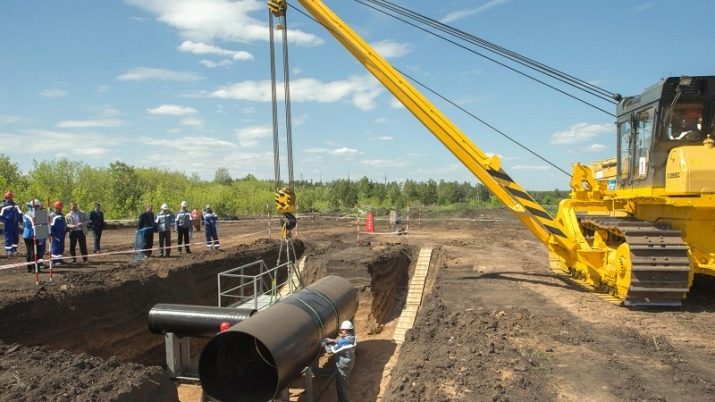Features of the profession of a pipelayer operator
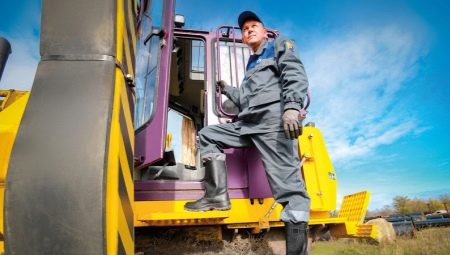
The profession of a pipelayer driver has always been in demand in our country. Housing and industrial construction is underway in the cities, Russia sells oil and gas abroad. All this requires piping and installation specialists. This article will initially orient those who are interested in this profession, will give the most general idea about it.
Description of the profession
Any pipeline is installed using a special pipe-laying crane, which is most often a crawler tractor with a boom with a lifting mechanism installed on the side. The mechanism is driven by the power take-off from the tractor engine. Depending on the size and diameter of the pipes, equipment of different power and load capacity is used. It is operated by the pipelayer operator.
First of all, the pipelayer driver must be a good tractor driver and have a license with an "E" approval category (tracked vehicles with an engine power over 25.7 kW). Work is often carried out in difficult conditions: in deep trenches, in impassable terrain, near water bodies, near high-voltage lines. The machine must be properly brought to the place of work in order to exclude unnecessary driving with a load on the boom. You need to be able to work in cramped and even dangerous conditions. Therefore, the skills of a tractor driver are primary for this profession.
Transporting and laying pipes with a hoist requires good eyesight, quick reactions and a sense of the technique. For the first-class pipelayer operator, the tractor and boom are an extension of their own hands.
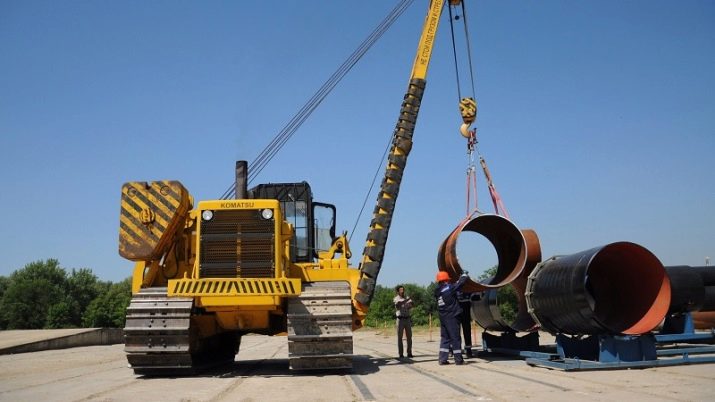
Responsibilities
When laying pipes, the driver is guided by the job description, existing professional standards, traffic rules and safety precautions. He is obliged:
- know the technical device and characteristics of the pipelayer (power, lifting capacity);
- have the skills to control a tractor and a lifting and transporting device (boom);
- know the current rules for pipe-laying work;
- be able to eliminate machine malfunctions arising during operation;
- have experience in locksmith work in the repair of tractors and pipe layers;
- carry out regular maintenance of the machine, know the fuel and oil consumption rates;
- know the instructions, standards and other regulations that govern its activities.
The direct duties of the pipelayer driver include:
- transportation of the machine to the place of work;
- preparation of the pipelayer for work at the facility (checking the operability of mechanisms, cables, slings);
- competent interaction with the assistant slinger;
- direct work on the installation of the pipeline (lifting, moving, laying pipes);
- strict adherence to safety regulations;
- Shift maintenance of the pipelayer, maintenance of the machine in good technical condition.
Profstandard (reg. No. 457, code 16.058) requires that persons who have reached the age of 18 years, with at least secondary education, have completed a course of appropriate vocational training and have experience in locksmith work in the repair of tractor equipment for at least a year, must be allowed to work on the pipelayer. Engineers undergo retraining at least once every 5 years.
The state of health is also of great importance. Applicants and already working drivers undergo compulsory medical examinations. The work is hard, shift-based, the conditions are often difficult: noise, shaking, bad weather. People with visual impairments, joint diseases, neurological and mental disorders are not allowed to work.
In general, the pipelayer operator must be a physically tough person, ready for heavy loads. This is a male profession. Women in it are a huge rarity.
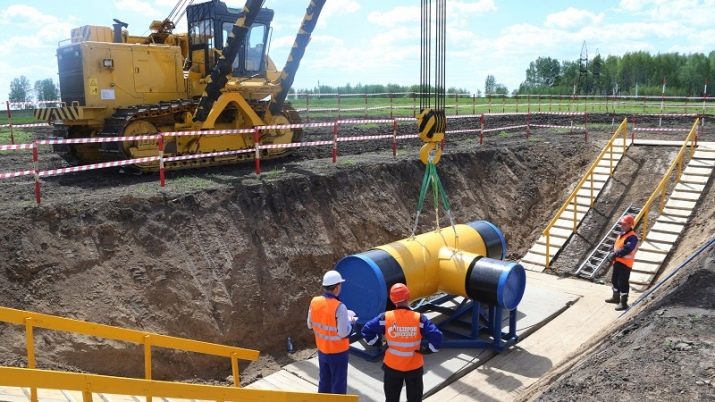
ETKS discharges
The unified tariff and qualification reference book provides 4 categories for the pipe-lay driver, depending on the power of the equipment he is allowed to work on:
- 5th category: it is allowed to work on a pipelayer with an engine power not exceeding 73 kW (up to 100 l / s);
- 6th grade: up to 100 kW (135 l / s);
- 7th grade: up to 145 kW (197 l / s);
- 8th grade: up to 220 kW (299 l / s).
The 8th grade driver performs the most difficult installation work on pipelines of large diameters and in the most difficult conditions. He has the right to train beginners and organize the work of less qualified machinists at a construction site.
At large enterprises that value their reputation and value good workers, there is always an opportunity to improve their qualifications. It's not easy, but the result is worth the effort in terms of higher wages and self-esteem.
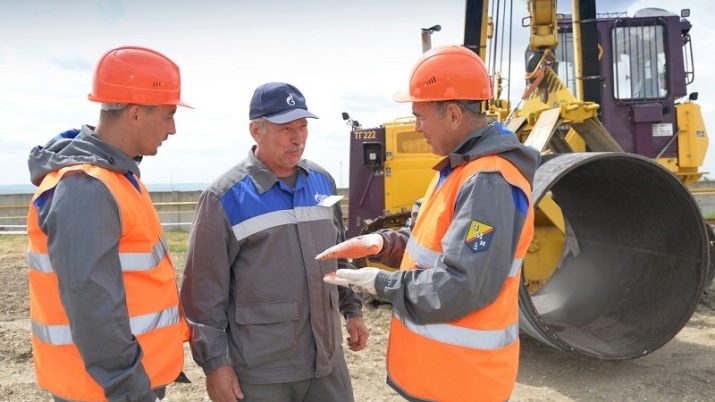
Education
You can learn the profession of a pipelayer driver:
- in a college (technical school) on the basis of incomplete secondary and secondary education;
- in special vocational training courses.
Vocational training courses are a quicker option, more suitable for those who wish to retrain from another profession and already have at least a secondary vocational education. A college or technical school is more preferable because it has a sufficient specialized base and qualified teachers. In good educational institutions, there are a variety of simulators, models, mechanized manuals that make it possible to better understand and feel the technique on which you have to work.
In addition, there are continuing education courses. They are intended for existing pipelaying operators. Employees are sent to these courses by their employer. It's no secret that over time, knowledge requires “refreshing”.The regulatory framework also changes over time, new rules and standards appear. The technique also does not stand still, it is becoming more and more complex, various electronic systems are widely used in many tractors. All this needs to be brought to the attention of employees.

Where to work?
Pipe-laying operators work in the municipal economy on the installation of various pipelines (sewerage, heating mains), in the road industry for laying drainages, as well as on the construction of oil and gas pipelines, water pipelines, product pipelines from oil refineries. This branch of the economy is currently developing relatively dynamically, so specialists are in demand. You can find thousands of vacancies all over the country.
Often, for the most decisive employees, shift work is offered in remote areas (Siberia, the Far North). Difficult working and living conditions are compensated by high wages. It is important to listen to experienced people who know bona fide employers and go to work for them. It is dangerous to act at random and deception is possible.
The salary of a pipelayer driver varies depending on the qualifications, the customer of the work, and the working conditions. Laying water pipes at a construction site in the city is cheaper than building a gas pipeline in permafrost conditions. The spread throughout the country is from 35 to 140 thousand rubles. This is very approximate information, in each case it is necessary to find out in detail both the requirements and the size of the salary.
One way or another, this money will have to really work. But this profession allows a person to feel their capabilities, to see the result of their participation in a large and complex business.
